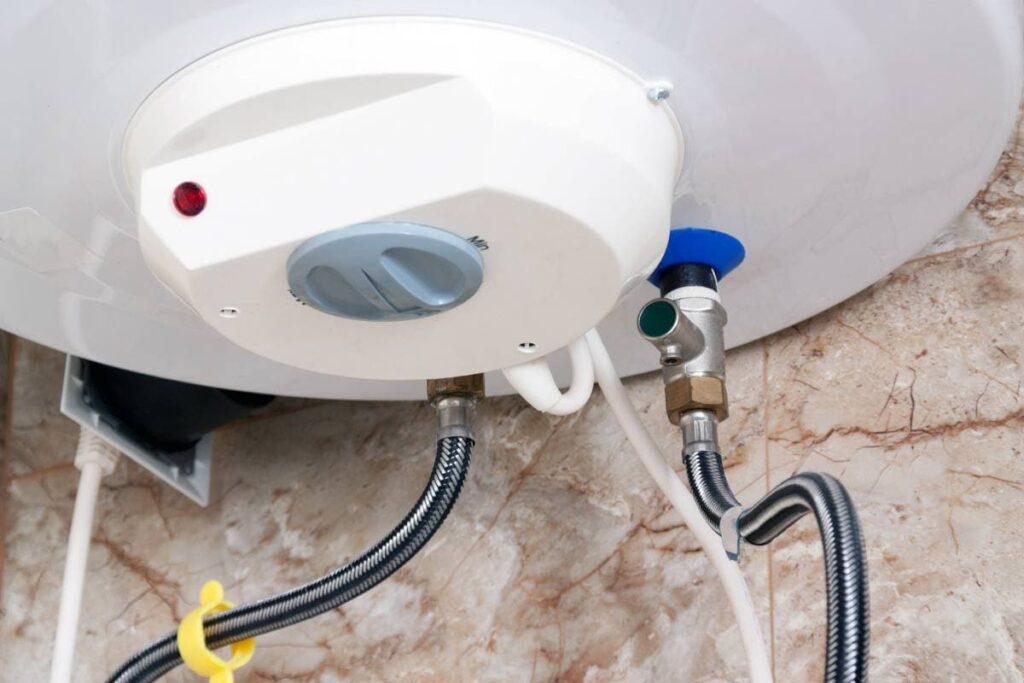Best Methods to Care for Your Home's Hot Water System EffectivelyEffective Techniques for Caring for Your Home's Hot Water System
Best Methods to Care for Your Home's Hot Water System EffectivelyEffective Techniques for Caring for Your Home's Hot Water System
Blog Article
What are your insights and beliefs on How to Maintain Your Water Heater & Prolong its Life?

Warm water is vital for day-to-day comfort, whether it's for a refreshing shower or washing meals. To guarantee your hot water system runs successfully and lasts much longer, regular maintenance is crucial. This post gives useful pointers and understandings on just how to maintain your home's warm water system to avoid interruptions and costly repair services.
Intro
Maintaining your home's warm water system could seem difficult, yet with a few easy actions, you can guarantee it runs smoothly for many years to find. This overview covers everything from comprehending your hot water system to DIY maintenance ideas and recognizing when to call in professional help.
Value of Keeping Your Warm Water System
Regular maintenance not only extends the life expectancy of your warm water system yet additionally ensures it operates effectively. Neglecting maintenance can result in reduced effectiveness, greater power costs, and even premature failing of the system.
Indicators Your Warm Water System Demands Upkeep
Recognizing when your warm water system requires attention can prevent major concerns. Keep an eye out for indicators such as irregular water temperature, strange noises from the heater, or rusty water.
Understanding Your Hot Water System
Before diving right into upkeep jobs, it's handy to recognize the standard parts of your warm water system. Usually, this includes the water heater itself, pipelines, anode poles, and temperature level controls.
Month-to-month Upkeep Tasks
Normal month-to-month checks can aid capture small issues prior to they rise.
Purging the Hot Water Heater
Purging your hot water heater eliminates sediment accumulation, improving efficiency and lengthening its life.
Monitoring and Changing Anode Rods
Anode rods avoid corrosion inside the container. Evaluating and changing them when worn out is crucial.
Inspecting and Readjusting Temperature Level Settings
Changing the temperature settings makes certain optimum efficiency and security.
DIY Tips for Upkeep
You can do a number of upkeep tasks on your own to keep your hot water system in leading condition.
Checking for Leakages
On a regular basis inspect pipelines and connections for leaks, as these can bring about water damages and higher costs.
Checking Pressure Relief Valves
Examining the pressure relief valve ensures it operates properly and avoids too much stress buildup.
Insulating Pipelines
Protecting hot water pipelines decreases warmth loss and can conserve energy.
When to Call a Specialist
While DIY upkeep is helpful, some concerns need professional know-how.
Complex Concerns Requiring Specialist Aid
Examples consist of significant leakages, electrical problems, or if your hot water heater is consistently underperforming.
Regular Professional Upkeep Benefits
Professional upkeep can include complete evaluations, tune-ups, and making sure conformity with safety standards.
Verdict
Regular upkeep of your home's warm water system is vital for performance, durability, and price savings. By following these ideas and knowing when to seek expert aid, you can guarantee a trusted supply of hot water without unforeseen disturbances.
How to Maintain an Instant Hot Water Heater
Before tinkering with your hot water heater, make sure that it’s not powered on. You also have to turn off the main circuit breaker and shut off the main gas line to prevent accidents. Also turn off the water valves connected to your unit to prevent water from flowing into and out of the appliance. 2. When you’re done, you have to detach the purge valves’ caps. These look like the letter “T” and are situated on either side of the water valves. Doing so will release any pressure that has accumulated inside the valves while at the same time avoid hot water from shooting out and burning your skin. 3. When the purge valves’ caps are removed, you have to connect your hosing lines to the valves. Your unit should have come with three hoses but if it didn’t, you can purchase these things from any hardware or home repair shops. You can also get them from retail stores that sell water heating systems. Read the user’s manual and follow it to complete this task properly. When the hosing lines are connected, open the purge port’s valves. 4. You should never use harsh chemical cleaners or solutions when cleaning your unit. Make use of white vinegar instead. It should be undiluted and you’ll probably use about 2 gallons. 5. Now flush your water heater. This task should probably take about 40 minutes. We can’t give you specific directions for this because the procedure is carried out depending on the type, model and brand of your heater. With that being said, refer to the user’s manual. 6. When you’re done draining the unit, you have to turn off the purge port valves again. Remove the hosing lines that you earlier installed on each of the water valves. Put the valve caps (purge port) back in their respective places and be very careful so as not to damage the rubber discs that are found inside these caps. 7. Now that everything’s back in place, check your user’s manual again to find out how to reactivate your water heating system. 8. Once it is working, turn one of your hot water faucets on just to let air pass through the heater’s water supply pipes. Leave the tap on until water flows smoothly out of it. https://www.orrplumbing.com/blog/2014/september/how-to-maintain-an-instant-hot-water-heater/

I came across that write up on Tips on Maintaining a Water Heater while browsing on the web. Are you aware of someone else who is occupied with the subject? Feel free to promote it. We enjoy your readership.
View Website Report this page